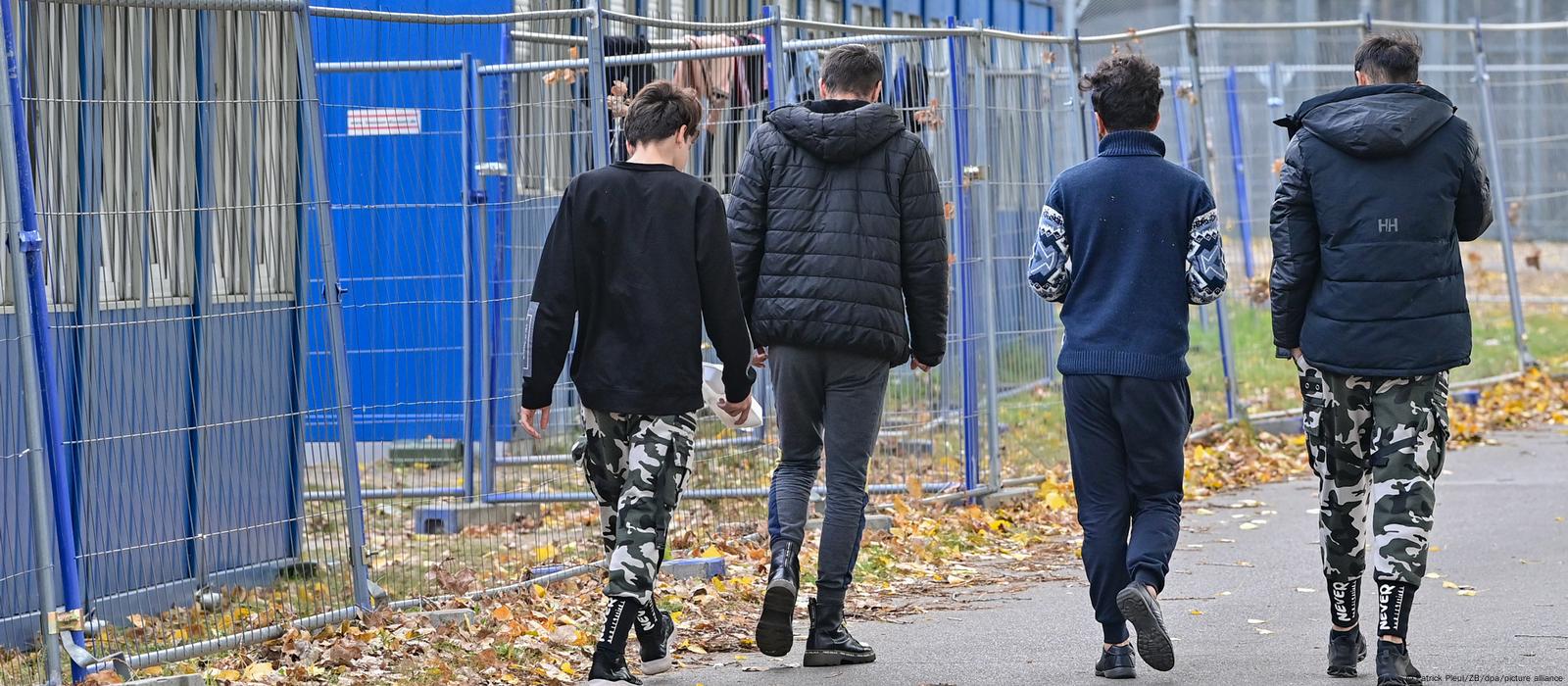The Federal Office for Migration and Refugees recorded 103,467 new asylum applications until the end of May 2024. This marks an 18% decrease compared to the same period in the previous year. In May, the Federal Office received a total of 172,231 initial asylum applications, which is 1.5% less than the number of applications received in April.
According to the Federal Office, the current level of migration and asylum is still significantly higher than before the 2015/2016 refugee crisis. Asylum applications reached a record high between 2017 and 2022. The three main countries of origin—Syria, Afghanistan, and Turkey—continue to account for 60% of the asylum applications received by the office.
Asylum applications have remained above 100,000 for the past twelve years. In 2013, the office recorded 127,000 asylum applications, which was the highest number since the Balkan War in the 1990s. Exceeding 100,000 was considered a warning sign at the time, but now many experts consider it to be a low level, according to data from the Federal Office.
Since 2013, Germany has consistently received the highest number of asylum seekers among all European Union countries. Concurrently, several European nations have actively sought to decrease refugee intake. Countries like Denmark and Sweden have successfully reduced refugee numbers, while the Netherlands has adopted stricter policies concerning asylum seeker acceptance and care. In certain instances, it declares a state of a two-year asylum emergency, leading to the suspension of asylum application processing.
Germany has made efforts to develop its immigration policy with the aim of reducing the number of refugees. The federal government has expanded the screening process for individuals entering the country at the border areas with Poland, the Czech Republic, and Switzerland. Additionally, social assistance to asylum seekers has been limited, and the government has denied granting asylum seekers citizen benefits. It is worth noting that refugees now receive asylum benefits 36 months after their arrival, which is an increase from the previous period of 18 months prior to 2023.
The current period is witnessing a tightening of Germany’s asylum policy, particularly following the Mannheim attack. In this incident, an Afghan refugee killed a German policeman. The government is now focused on deporting refugees who have committed criminal offenses and returning them to their country of origin, even if there are dictatorial authorities in place. Germany’s new policy is similar to Sweden’s approach, where Swedish border police carry out deportations to Syria and Afghanistan. Sweden has achieved significant success in reducing asylum applications, receiving only 3,200 applications since the beginning of 2024. In contrast, Germany has recorded 80,000 applications until April 2024.





